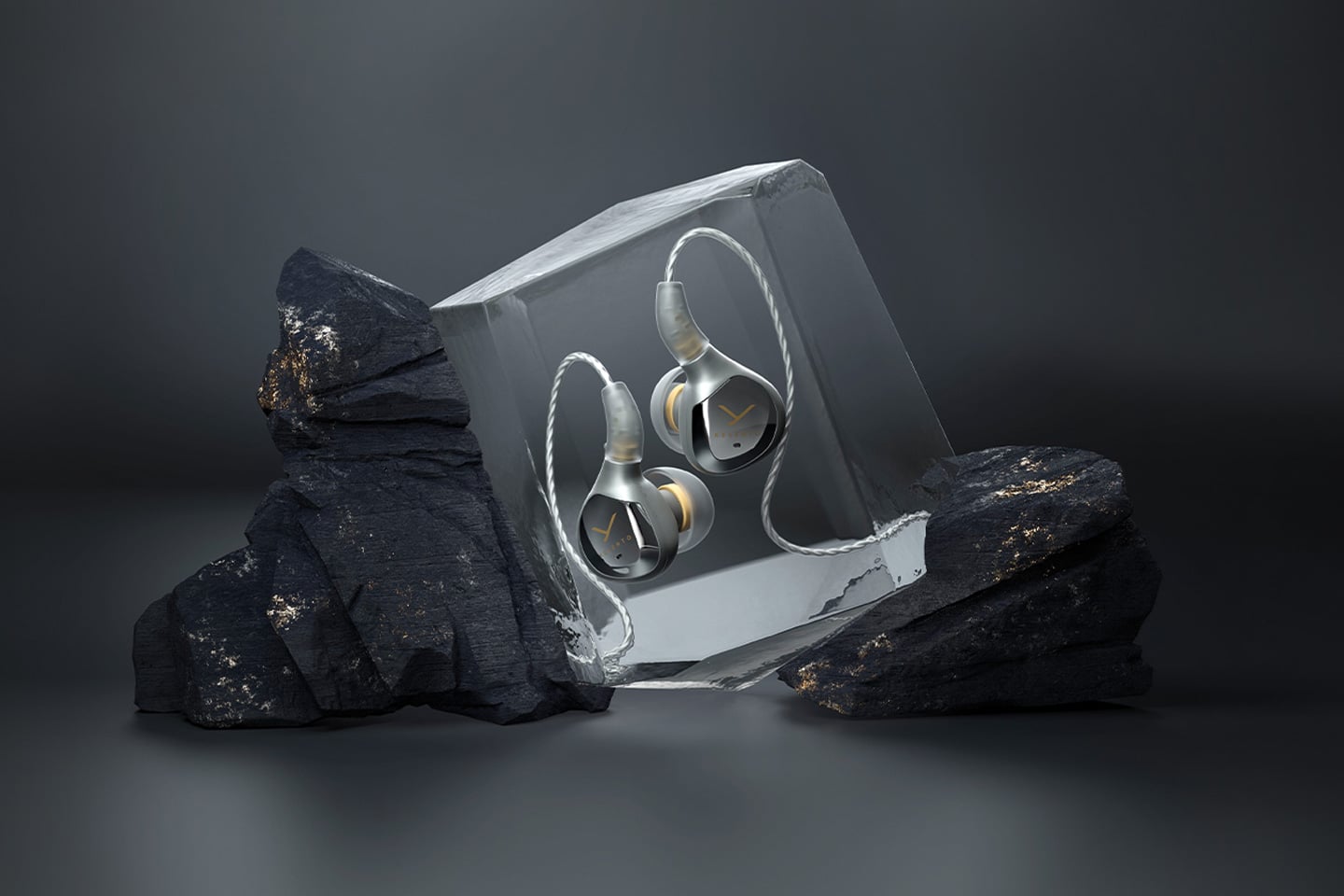#How to Combine Masks in Adobe Lightroom Classic

Table of Contents
“#How to Combine Masks in Adobe Lightroom Classic”

You can get the most out of Adobe Lightroom Classic by combining different masking modes for highly selective adjustment areas before you even bring your work into Photoshop. We’ll go over how to combine (or intersect) masks in Lightroom Classic here.
Intersecting Masks In Adobe Lightroom Classic
A substantial update to Lightroom Classic in 2021 brought new masking tools. Things people had been using as workarounds—like gradient range masks—now have dedicated tools. You also have additional ways to mask, including AI options like “select subject.” Here, though, we’re going to look at intersecting.
The intersect function in Lightroom’s masking tool is a little intimidating at first, but understandable with a little practice. Basically, it allows you to combine different types of masks to narrow down the area you’re adjusting.
A good way to think about this process is that you’re first selecting what you want to mask, then where you want to mask within that area by combining masks. You could, for example, begin with a select subject mask, then narrow it down to include a specific area of your subject you’d like to adjust.
In this video tutorial by photographer Brian Matiash, you can see him do exactly that to change the color of his jacket in a photo. He first selects just himself with an AI mask, then intersects that with a color range mask and clicks his jacket. By intersecting masks, Matiash effectively narrows down the area of the photograph that he adjusts to only his jacket.
Here I’ve used a select subject mask intersected with a color range mask to highlight my subject’s jacket, then brushed out a few extra areas to narrow the selection:

Intersecting masks is simple on its own. You just create a new mask, click the three-dot icon to the right of the mask name, then click “intersect Mask With.” In Lightroom Classic, you’ll be shown a list of mask types to combine your current mask with.

From there, you can get creative depending on what you’re looking to adjust. You can change the color of clothing, add exposure, bump up the clarity, and more.
To narrow your selection even further, you can turn on the mask overlay and use the “Refine” slider with some masks, like the color range mask. To see exactly what areas of the image are masked, hold down the Option key on a Mac or Alt key on Windows, then drag the slider. The image will turn black and white, with masked areas shown in white.

Another way to fine-tune masks even further once you’ve combined them is the “Add” and “Subtract” functions. Next to each mask, you’ll have the option to add or subtract, and you can select the brush tool to trim away parts of a selection you may not want.

Keeping in mind the approach, “first select what, then select where,” you can combine any number of mask types to refine your selection.
Another scenario Matiash runs through in his video is editing just the area underneath a car. He starts with “what,” masking the car with a select subject mask. Then he refines that mask by intersecting it with a linear gradient, allowing him to select just the bottom of the car and nothing else in the image. You could do the exact same thing with a radial gradient mask to select a subject’s face for example and then brighten it.
Get Creative With Masking
Once you get familiar with this concept you can use it for everything from changing the color of a dress to brightening someone’s eyes, and any number of things in between. Use some of your old photos and experiment with them in Lightroom until you get it down. If you don’t have any old images you can use, take this as an excuse to get out and shoot!
RELATED: How to Take Good RAW Photos
If you liked the article, do not forget to share it with your friends. Follow us on Google News too, click on the star and choose us from your favorites.
For forums sites go to Forum.BuradaBiliyorum.Com
If you want to read more like this article, you can visit our Technology category.




